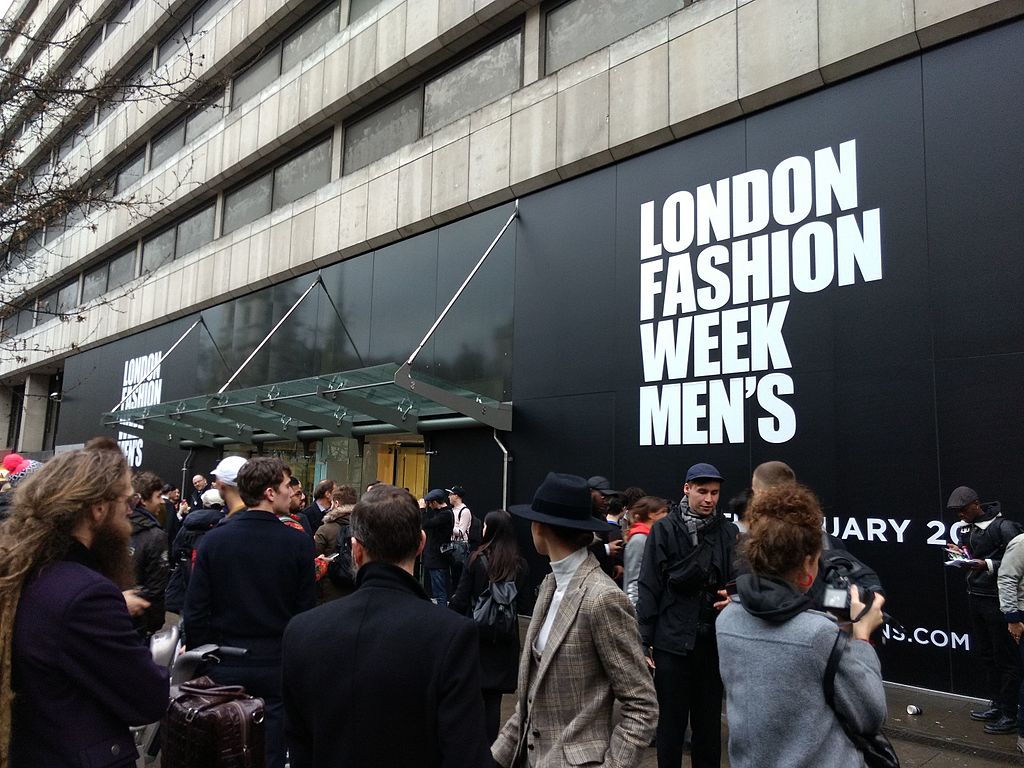Augmented reality is among the most popular technological advancements today. Every industry wants to leverage AR to its benefit and increase customer engagement.
Using augmented reality in event management can help planners provide visitors with a more immersive and interactive experience. Around 87% of event organizers researched augmented reality solutions to give users a fun and engaging experience.
In this article, we will talk about augmented reality event planning and everything about it.
What Are Augmented Reality Experiences?
People typically think of movies like “Iron Man” when they hear the term “augmented reality.” However, augmented reality (AR) has expanded beyond Hollywood, headgear, and gaming to include hospitality and event planning applications.
Augmented reality (AR) is an experience in which developers employ computer-generated data to augment aspects of the user’s physical realm. Creators build inputs in digitized material that adapt in live time to alterations in the user’s surroundings, such as motion, spanning from music to video to visuals to GPS overlays and much more.
How Can Augmented Reality be Used in Event Planning?
In the event planning business, technology has played a crucial role. Technology has aided both event organizers and corporate stakeholders in attaining an advantage in their marketing initiatives. These include face detection, marking audience participation, offering clients an interactive environment of the event, and more.
The universality and potentially infinite capacity of AR is one of the factors why event organizers of numerous events and gatherings find it so appealing. When you look at it, virtual and augmented realities may be used for nearly any function and can be seamlessly integrated into any company.
The use of augmented or virtual reality in event planning and administration is more of a practical than a technological challenge. To put it another way, all it takes to properly integrate AR into the mix is a clear notion of what features you’ll need for a specific event.
How Do You Organize an AR event?
You can organize an AR event in several ways. Some of them are as follows:
Gamification
Events gamification has become a popular topic as the need for event technology has grown. With scoreboards, guided activities, and networking prospects, you can end up making your convention a little more entertaining.
AR opens up a whole new world of exciting possibilities for event interaction. Hosts can send guests on digital treasure hunts or set up virtual contest booths where they can compete in an augmented reality game. The technology is already in place; all that remains is to make it scalable for all event planners.
Organize virtual tours
Organizers may soon be able to provide spectators virtual tours or set up virtual tour guides at their events- thanks to augmented reality. It’s an idea that’s already been developed in a variety of ways.
However, you may expect even more sophistication and innovation to emerge here; particularly in cost-effective ways. Instead of paying for guiding signage and people to help regulate crowds, you can use AR to tackle venue mapping problems.
Launch your product
Hosting a trade fair may necessitate a huge location to handle all of the products, particularly if they are enormous. The expense of leasing a venue space to handle such a function is a LOT.
What if you could virtually bring these goods into one space?
Consider a car “viewing” station where you may choose which car you want to see and get a 360-degree, life-size view of it. Imagine being able to witness full-size production equipment in effect right at your event displays or demo rooms. Visitors will be able to interact with goods and services in ways they have never been able to before.
Create a virtual interaction experience
Every event organizer recognizes the value of good networking for an event. By bringing attendees together, AR may improve the experience for prospective clients.
Consider this scenario: what if you could display professional information about each participant right next to them or above their heads? Or put up a list of things that each person might be interested in talking about?
Well, with AR, all this is attainable. Hopefully, it excites you as much as it does us. in
Examples of Augmented Reality Event Planning
The pandemic has forced the world to look for alternative ways of continuing life as we knew it. The London Fashion Week held in 2019 in partnership with HoloMe, is a great example of AR event planning. A day before the show, people in numerous locations across the world were able to witness the presentation live on their cellphones.
Many of you may not be aware, but augmented reality played a significant role at the 2016 Olympic Games in Rio de Janeiro. For those who were unable to participate in person, the OBS (the Olympic Committee’s broadcasting arm) provided the opportunity to watch the events in augmented reality. Broadcasters that wanted to use the functionality may purchase the broadcast rights, and customers could enjoy the event using virtual glasses.
Pros and Cons of Augmented Reality Event Planning
Although AR event planning sounds intriguing, however, it is important to acquaint yourself with its pros and cons.
Pros
Enhanced engagement
One of the most difficult tasks for event planners is to effectively engage their audience. While technology is frequently viewed as an adversary to live engagement. It can have a terrific influence on engagement and participation throughout the whole delegate experience when implemented correctly. Event technology such as live response systems, for example, allow members of the audience to ask questions.
Enhanced interaction
An event is frequently much more than just “show day,” as it provides an opportunity to engage with guests both before and after the gathering. Event technology has the potential to make communications more personalized, relevant, and effective. In reality, event applications are a perfect example of this. The ability to instantaneously message guests is the top advantage of mobile event apps, according to 62 percent of event planners.
Higher impact
Technology can frequently be employed to enhance the “wow factor.” There is a possibility to create a permanent impact on your attendees using technology such as lighting, sound, virtual experiences, and so on. There’s a chance to add a powerful VR/AR experience or attract the delegates’ attention with some clever projection mapping.
Cons
Expensive
AR/MR headsets are expensive ($3,500 for the Hololens and $2,295 for the Magic Leap) and have significant drawbacks in their existing software. Both have a restricted field of view, and the gesture keys are a little tricky to operate. We won’t see significant consumer adoption until costs drop significantly and the form factor evolves.
Not for everyday use
AR/MR headsets have a geeky appearance and will be utilized only for certain uses in the near future, not for everyday use.
Tips for Augmented Reality Event Planning
Let us face it- AR glasses are not yet ‘pocket friendly.’ This means that there’s a high possibility that your event might end up getting canceled due to its costs and the inability of people to clearly understand the point of attending an AR event.
Here are a few tips that will help you with such issues.
Stay up-to-date on the latest developments
Technology is continually growing, and organizations must keep up with the latest innovations in the field. Both software and hardware have a vital impact on the success or failure of these technologies. As a result, firms must be aware of the most up-to-date technology and software alternatives available for use at the event.
Don’t use it as a gimmick
The technologies must be fully employed in order to attract customers and keep them interested in the experience. The solution or service demonstrated with these technologies must excite the user and provide the business with prospective commercial and growth prospects. Even if the demonstrations don’t turn out to be as entertaining as they were supposed to be, they should just not feel gimmicky.
Find the right partner
Businesses must collaborate with a tech firm that specializes in AR solutions. Businesses frequently use techniques to reduce their IT spending. However, this may cause more harm than good to the company. As a result, organizations must be cautious when selecting a technology provider.
Wrapping Up
Now you know everything you wanted to know about AR event planning. Remember, in the light of the current pandemic situation, AR events might become the new norm.
Companies like Microsoft and Magic Leap are spending heavily on hardware like AR glasses. This will help event organizers create immersive augmented reality experiences like the ones mentioned above. Although these headsets are expensive, the widespread use of smartphones has reduced the cost barrier to a large extent.
Even greater quality experiences will soon be a reality, thanks to the impending rollout of the 5G network.
Feature image: Philafrenzy, CC BY-SA 4.0, via Wikimedia Commons


